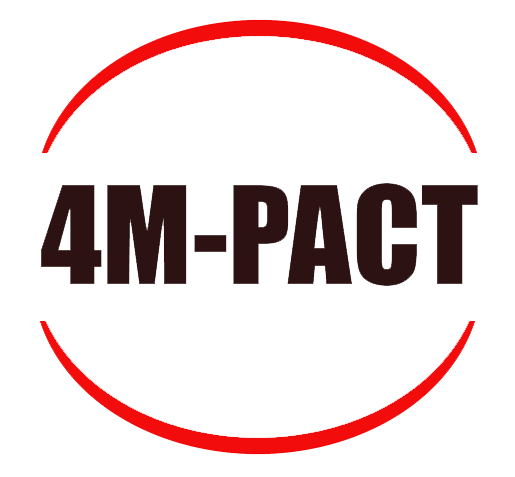Everything we are taught about growing “nonprofits” is wrong!
We learn about courting major donors, hosting galas, and writing grants as “ways to raise funds.” We concentrate on attracting fleeting donors and grants when we should be focusing on earned income streams that sustain us. In National and California state studies, earned income is more than 72 percent of the average organization’s budget. Economists would say there is an opportunity cost to train staff and spend time/money on grants and donors (about 21% of the average budget combined) but not to increase earned income and better manage the whole budget.
As we head into a new recession, how can we do better?
As director of the Gianneschi Center for Nonprofit Research, I looked at all 990 tax form data of 6,450 nonprofits from 2008–2018 in Orange, San Bernardino, and Riverside counties. These nonprofits generated $13.5 billion in total income in 2012, a bit less in 2008. Together, these counties mirror the United States in demographics; political structure; rural/urban mix; and socioeconomics.
We looked at three data points to determine their growth and survival:
2008 as the Recession starts
2012 as the Recession ends, and
2018 (the last tax report on file)
Of the 6,450 organizations, only 3.2% (207) grew by double or more by 2012. Of these 207 organizations, only 29 organizations continued to grow and sustain that growth. The smallest increased by 300% and the largest by 3,880%. All 29 grew due to a dynamic leadership model of marshaling resources through strategic partnerships rather than searching for funds, and then leveraging those resources into earned income streams.
That research project led to a book, training course, and consulting. Listen to the podcasts about it (episodes 125-130).
Schedule a Training for your team
The 24-hour training can be done over eight weeks on Zoom or over a three-day in-person weekend.
The training includes:
The Seven-Step Process
Establishing Leadership of Stakeholders & Team-Building
Needs Assessment, Mission, Theory of Change
Gathering Strategic Partners and Resources
Analyzing Income Streams- Earned Income
Strategic Planning
Grant Writing, Program Design, and Program pitches
Marketing
Creating an Experience Plan, Web Home Page, and Appeal Letter
At the end of the project, trainees will have templates for the following (which you will have experience creating as a team):
A Mission Statement
A Vision Statement
A Logo
A Needs Assessment & Logic Model with a Case for Funding/Theory of Change
A Resource Map
Resource Development Webpage
A SWOT (& Evaluation Report Template)
A Board Packet
A 3-Year Strategic Vision Plan
A Pitch for Funding (with feedback from a guest funder)
A Grant
A Letter of Intent
An Annual Appeal Letter
A Marketing Experience Plan
A Gianneschi Fellowship Social Enterprise Leadership Certificate of Completion
